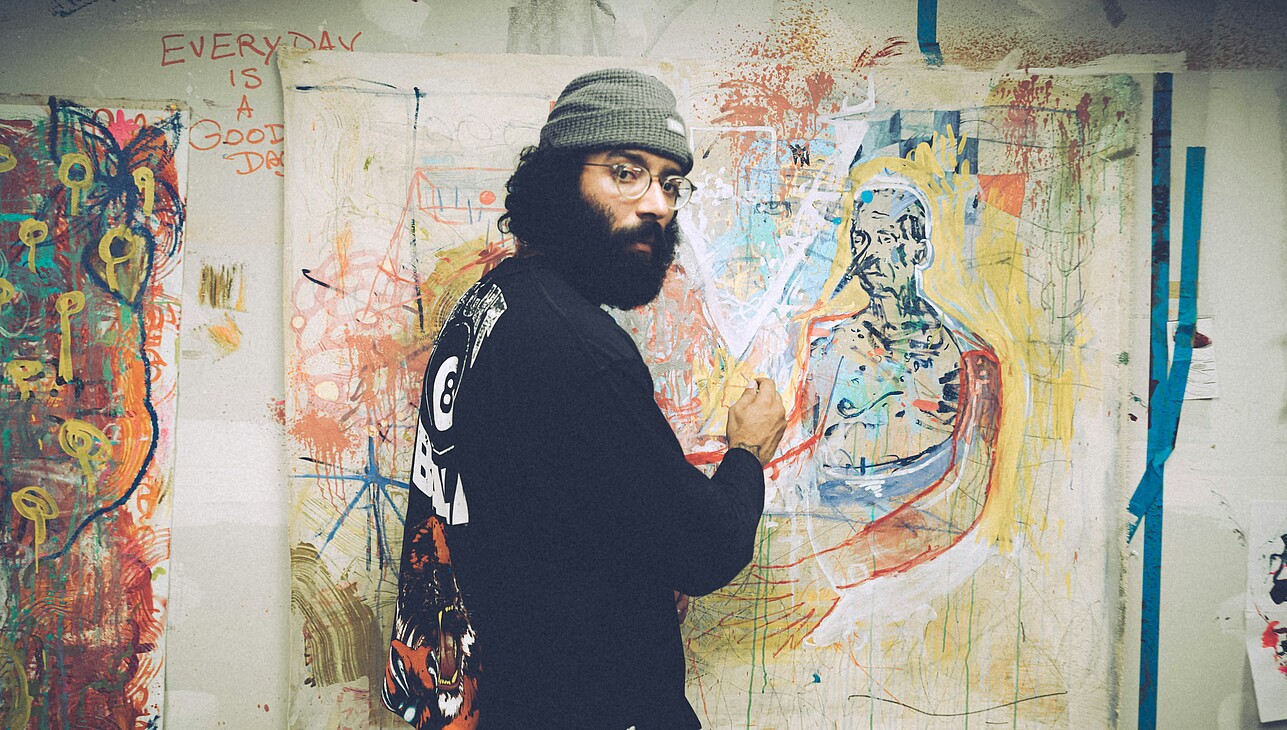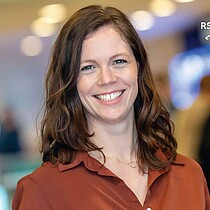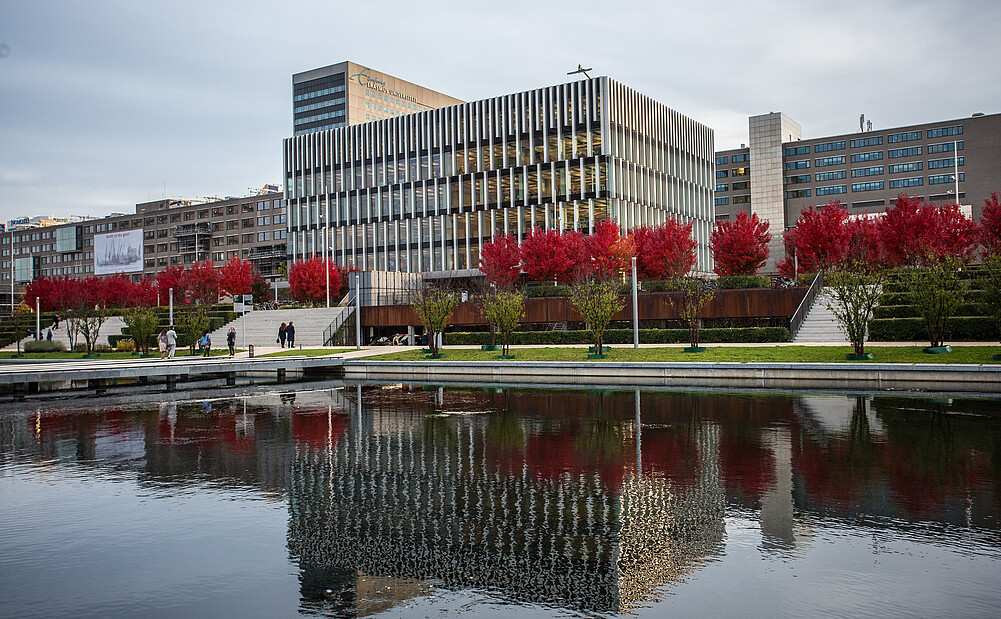

In a world where most jobs can be automated, human touch – the reliance on uniquely human senses – becomes more, rather than less important. Yet, in the workplace we are often unaware of how to protect such aspects. Applying the notion of ‘craft’ in how we organise or approach work can help us to appreciate and make real the unique benefits of human touch in all forms of work.
Craft as a concept has not always existed. It came after the Industrial Revolution and was used to differentiate and distinguish something created with a personal touch from mass-produced products. It was later popularised by the Arts and Crafts movement in the mid-19th century. In today’s world, the same tensions exist. Work has taken on different forms, but the fundamental problem of how much to rely on advanced machines without underestimating the value of skilled hands remains.
There is a new craft movement, but while the term ‘craft’ is often used, it is rarely defined. Craft can be used as an analogy, but in the broadest sense; we can say it is a unique approach to work that is explicitly not mechanical, and is instead dependent on human touch.
It is a fundamental alternative way of working that becomes especially meaningful after technology has provided us with the opportunity for automation. At that stage, we can choose to either rely on a machine or a skilled human. Craft can be applied to any sector, from manufacturing to public services, police work and healthcare.
There are skills associated with craft that have to do with mastery, with holistic all-roundedness, and with what we call embodied knowledge – something you develop through your senses and experiences. On the attitude side, craft is about dedication and passion. Craft also involves some degree of exploration, and involves a work process you cannot entirely plan. You are always learning and improvising based on your skills.

From beer brewing to violin making, there are many examples where manufacturing crafts have been lost and rediscovered. But with the blind rush towards artificial intelligence (AI), there is a risk that the craft aspects of many forms of non-manufacturing work in particular will be lost.
Most people’s jobs can now be automated to some degree. In the past, work processes were the way they were because there was no alternative, and we were not forced to think about such things. There were tensions when we were subjugated to more bureaucratic structures, but at the end of the metaphorical day we had a consistent and clear view that work outcomes were ultimately dependent on human hands.

Knowing we can disrupt work routines with the application of automation, finding a person’s value takes on a new importance. The impact of automation on someone’s livelihood could be negative because we are changing a process, and the human elements of the process could be seen as superfluous. But that threat can also be turned into a positive. People can resist by defining how they are better than automated and AI-controlled processes and add something ‘machines’ cannot replicate.
When we invest in technology, we can reduce the working week. To some degree, many people would like more leisure time. But there is also a deep impulse within most of us that we want to feel valued. To live a fulfilled existence we all want at least some degree of craft in our life. We want to see our efforts reflected in some kind of crafted outcome, whether that outcome be a product or a service – or even the craft of parenting! It is important to remember that we can practice craft in different ways. We do not all have to become carpenters.
Quality is a potential issue as the term ‘craft’ as a label can be applied too readily in some cases. ‘Craft’ can be claimed by anyone, but it might take a craftsperson 10 years to get to a level where they are able to offer a genuinely high-quality product or service. Craft can therefore also be about the perfection of the human within the process, where there is always room for improvement. As long as you allow people to perfect themselves and improve over time, you can have a craft organisation. It's an added value to the human rather than the product.
As an example, if you see craft as being about creating relations between people, places and objects, you make a connection between the person and the product or service that they create. The product or service acquires a different and more aesthetic quality. The approach to the work and the organisation, and even to the consumption of the product or service, is what counts most of all in quality terms. This is difficult to quantify or optimise with a machine, and not something that can be expressed in a simple spreadsheet.
Providing services or putting words on a page is something AI can increasingly do. But even in these situations, technology needn’t be a threat. In balancing craft and technology, there are options. Any organisation or individual could position themselves as providing a unique human touch and a creative process that a robot can never replicate, while still using AI tools to produce something more quickly, or increase its technical quality. Or they might reject technology entirely in order to claim the authentic craft stamp. In that case, the real quality derives from the attachment of a cultural value: people enjoy the idea that something has been made by a human.
The world is changing rapidly, and there are major societal transitions. The now oft-criticized neoliberal world order was at one point carefully crafted by humans. But now we need a new system, and that requires collective craftsmanship to reinvent our modern societies.

With the current drive towards being carbon neutral, or better still net positive, the challenge is to create new organisations and products to help make this happen. The road ahead will have to involve craft in one form or other, but there is a risk that we underestimate this need and take too technocratic an approach. We have good science that allows us to understand the problems, and we know what the outcomes are that we need to achieve, but that alone will not inspire good craft work.
One current example is agriculture in the Netherlands. The country is densely populated, and for too long has invested in the growth and intensification of the agricultural sector. And now, among many other concerns, it faces the problem of producing too much nitrogen.
A change is needed here. But the approach tends to be technocratic: showing farmers the science and data and telling them what they are doing is wrong, and that they need to change or give up their farm. That doesn't inspire people to craft. The human touch would be the engaged approach; connecting with the people and places behind the nitrogen numbers and facilitating a process where we can explore and build new livelihoods that are not dependent on the old system in which farmers are trapped.
In addition, the more craft-like alternatives in which agriculture happens at a more sustainable scale are already there, and perhaps those should be much more prominently shared or diffused. In times of transition, we need to be inspiring craft, and showing people the potential benefits of having a human touch in the processes of change. But we will need to find the right balance.

Science Communication and Media Officer
Rotterdam School of Management, Erasmus University (RSM) is one of Europe’s top-ranked business schools. RSM provides ground-breaking research and education furthering excellence in all aspects of management and is based in the international port city of Rotterdam – a vital nexus of business, logistics and trade. RSM’s primary focus is on developing business leaders with international careers who can become a force for positive change by carrying their innovative mindset into a sustainable future. Our first-class range of bachelor, master, MBA, PhD and executive programmes encourage them to become to become critical, creative, caring and collaborative thinkers and doers.
